Staffing a restaurant can feel like walking a tightrope. If you’re understaffed, customers may experience slower service and fewer table turnovers.
On the other hand, overstaffing leads to wasted labor costs. So, how many Servers should a restaurant have?
The answer depends on the size of your restaurant, its layout and the style of service you offer.
Let’s dive into the factors that affect staffing and how you can strike the perfect balance.
The General Formula for Staffing Servers
In the restaurant world, a common rule of thumb is:
- Full-service restaurants: One Server per 4–5 tables
- Casual dining: One Server per 5–6 tables
- Fine dining: One Server per 3–4 tables
While this provides a useful starting point, every restaurant is unique.
Menu complexity, the distance between tables and the kitchen and how fast tables turn over during a shift all play a role in determining your ideal staffing level.
How Many Servers Should a Restaurant Have? — A Breakdown by Restaurant Size
The number of Servers you need depends largely on the size of your restaurant.
Whether you're running a small, intimate space or a bustling, larger establishment, understanding how many Servers are required for each size category can help you optimize your staffing and maintain smooth operations.
Let’s break it down by restaurant size.
Small restaurants (under 50 seats)
For smaller establishments, you’ll typically need 2–4 Servers per shift.
If your restaurant includes counter service or bar seating, you might get away with fewer Servers, as customers can order directly.
It’s also helpful to cross-train staff so they can step in to cover additional roles when needed.
Medium-sized restaurants (50–100 seats)
In mid-sized restaurants, you’ll usually need 4–8 Servers per shift, depending on how quickly tables turn.
For example, lunch shifts may require fewer Servers, while dinner service — when customers are more likely to linger — might require extra hands.
Having a few part-time staff members on call during peak times can help maintain flexibility without overburdening your budget.
Large restaurants (100+ seats)
For large establishments, staffing generally starts at 10 Servers per shift and scales up based on volume.
Dividing the dining room into manageable sections helps ensure each Server can focus on a specific area.
You might also need a Head Server or Floor Captain to oversee operations, along with Food Runners and Bussers to assist with larger parties or complex orders.
Additional Factors That Affect Restaurant Server Staffing
While restaurant size is a major determinant of how many servers you need, several other factors can impact staffing levels.
Understanding these variables can help you fine-tune your approach to ensure efficiency without sacrificing service quality.
Table turnover rate
The faster your tables turn, the more guests your Servers will need to accommodate within a shift.
A high-turnover environment, such as a breakfast diner or fast-casual restaurant, may require more Servers to keep pace with demand.
In contrast, fine dining establishments, where guests tend to linger longer, can manage with fewer servers handling a smaller number of tables.
Menu complexity and service style
A simple, streamlined menu allows Servers to manage more tables, while a complex menu — especially one with tableside preparations, wine pairings or extensive modifications — requires a lower table-to-Server ratio.
Fine dining and upscale establishments often staff more Servers per table to maintain a high level of attention to detail.
Restaurant layout and floor plan
The physical layout of your restaurant can impact how efficiently Servers move between tables, the kitchen and service stations.
A small, compact dining room allows Servers to cover more tables with ease, while a large or multi-level space may require additional staff to prevent delays in service.
Outdoor patios, private dining rooms or bar areas may also necessitate dedicated Servers.
Peak vs. off-peak hours
Staffing levels should align with customer demand. Lunch shifts, particularly on weekdays, tend to be slower and may require fewer Servers than a packed Friday or Saturday night.
It’s essential to monitor traffic patterns and adjust staffing accordingly, ensuring you have enough coverage during busy periods without overstaffing during slow hours.
Technology and automation
Modern technology and automation can streamline service and reduce the number of Servers needed per shift.
Handheld point-of-sale (POS) systems allow servers to send orders directly to the kitchen, minimizing time spent running back and forth.
QR code ordering and self-service kiosks reduce reliance on Servers for order-taking, allowing them to focus on customer interactions and upselling.
Restaurants that integrate these tools effectively can operate efficiently with fewer staff members while maintaining service quality.
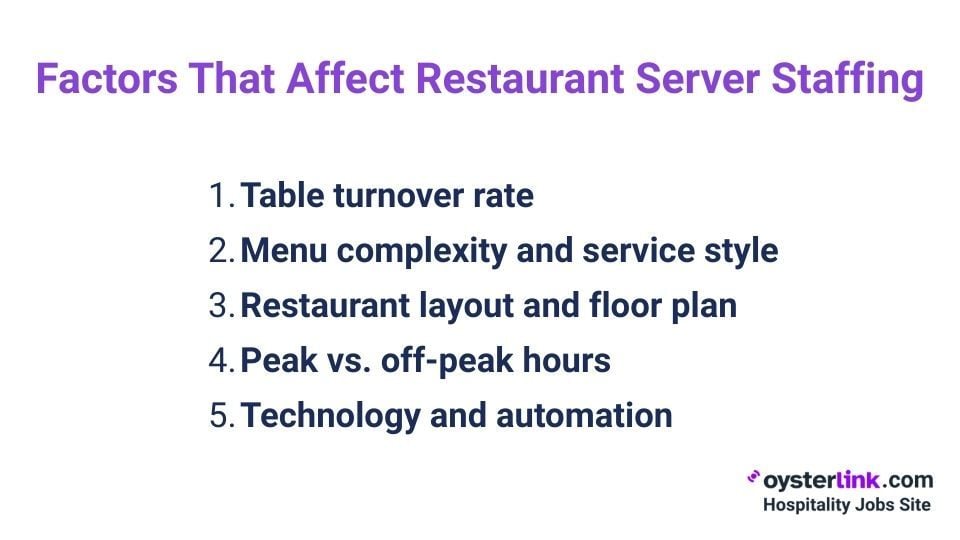
Best Practices for Optimizing Server Staffing
To ensure your restaurant runs smoothly, consider these tips:
- Use sales data to inform schedules: Analyzing sales trends and customer flow patterns can help you predict when you’ll need more staff and when you can scale back.
- Cross-train staff: Equip your team with the skills to cover multiple roles, such as hosting or running food, to increase flexibility during busy shifts.
- Encourage teamwork: Servers, Bussers and Hosts/Hostesses working together can handle larger volumes of customers efficiently.
- Maintain a mix of full-time and part-time staff: Full-timers bring consistency, while part-timers offer flexibility during peak hours.
Build a Winning Team With OysterLink
The question of "How many Servers should a restaurant have?" doesn’t have a one-size-fits-all answer.
The ideal number depends on your restaurant’s size, layout and service style. The goal is to strike a balance — ensuring smooth service while keeping labor costs in check.
If you’re looking for expert guidance or need help finding experienced Servers, check out OysterLink, a hospitality jobs platform that connects you with top talent, salary trends and industry insights.
With the right team in place, you can focus on what really matters: delivering great experiences to your guests.
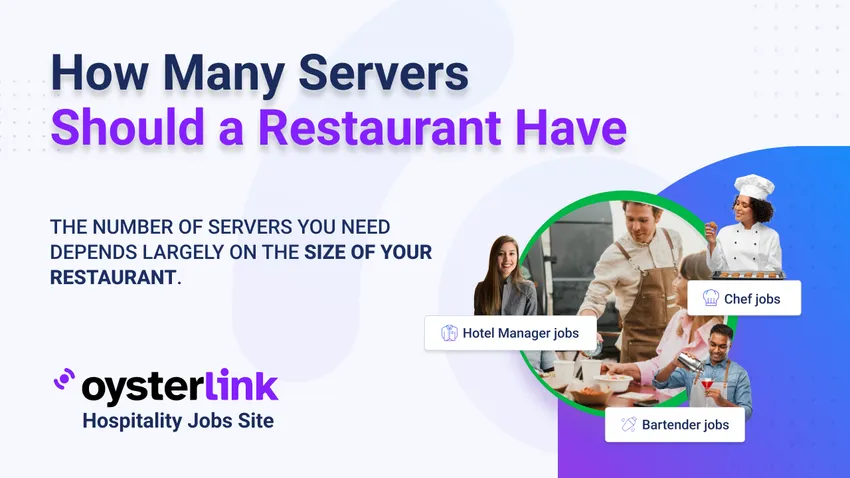



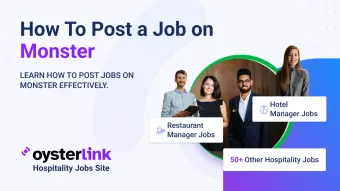
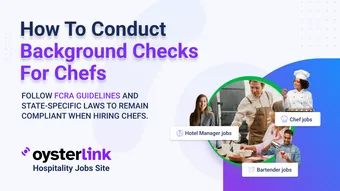
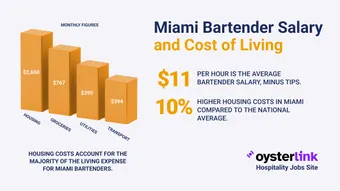
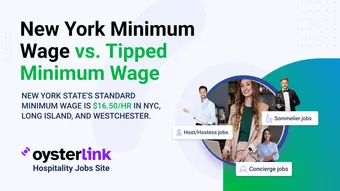


Loading comments...